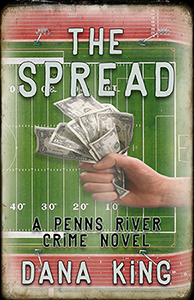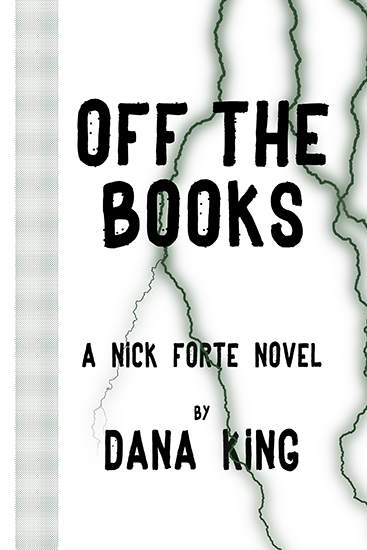I’ve written about
the value of execution before and I expect I’ll do it again. It’s that kind of
topic. Every so often I read or see something that reminds me of how critical
it is, more important than any other facet of creativity, and I’ll end up in a cul-de-sac
of thought until I work out the new angles. What happens to the rest of you
here is collateral damage.
People alleged to
know spend a lot of time discussing the value of catching the zeitgeist, or, even better, starting the
Next Big Thing yourself. Hopefully by now the “Girl” wave has run its course. (The Girl with the Dragon Tattoo, The Girl
Who Shook the Hornet’s Nest, The Girl with One Brown Eye and One Blue Eye, Gone
Girl, The Girl on the Train, The Girl Who’s Gone on the Train, The
Dragon-Tattooed Train with the Girl On it, etc.) Even so, something else
will replace it—it’s how we’re geared—and it will spawn its own incestuous
family of imitators artists uniquely inspired by it.
It’s still
execution that matters if you want a long run.
Today’s example is
a cop show from the 90s and early Aughts, NYPD
Blue. Yes, it premiered 24 years ago. Regular readers know the Beloved
Spouse and I are not people who like to rush into our entertainment choices.
Two-and-a-half decades of universal acclaim is enough. We started Season 2 this
week and I’m happy to say the show holds up.
Is it dated? Not in
ways that matter. Sure, the cops still use pagers and have to find pay phones.
The few cell phones on display are the size of shoes. They use manual
typewriters hammer out paperwork on actual paper and documents have to be hand
carried. Those are all peripherals. The key elements are still solid:
relationships, dialog, and the effects of the job.
What strikes me
most about the show is how little of it is ground-breaking. I know that opinion
runs counter to the show’s reputation; bear with me. The sex and nudity and
what was at the time foul language were the big deals at the time. A third of
ABC’s affiliates refused to show the premiere. Those of you who have seen the
show can attest to this: once creators Stephen Bochco and David Milch had made
their point and grabbed your attention, the sex and nudity dropped way off. The
language settled in. The show has little onscreen violence.
What else was
ground-breaking? Hill Street Blues
had been a procedural that spread its attention around to patrol officers,
detectives, and the bosses. NYPD Blue
is basically detectives, based on one key partnership. First it was Kelly and
Sipowicz, then Sipowicz and Simone. TV detectives have worked with partners
since before Dragnet. Big deal.
The show is
basically episodic, with some carryover storylines. Ho-hum.
So why does anyone
give a shit about it 24 years later? Because it was a great show. The writing
was exceptional, and often brilliant. The casting was spot on, and the actors
uniformly rose to their tasks. The sense of place is always there. The stories
still resonate today because their underpinnings and greater significance were more
timeless than topical.
If I had to pick
one thing in which NYPD Blue was
ahead of the curve it is how Bochco and Milch handled violence. There’s not
much of it on screen. What they excelled—and a lot of creative people would do well to learn from them—is in
showing the aftereffects of violence. Shootings. Domestic abuse. Muggings. It’s
been a long time but I don’t remember any of Blue’s contemporaries or predecessors dwelling much on that. (Hill Street is the one exception that
comes to mind. Big surprise.)
NYPD Blue is worth watching today because the things that made it a good show are
timeless. It’ll be a good show in 20 years. All because it focused more on being
good than on being different.


